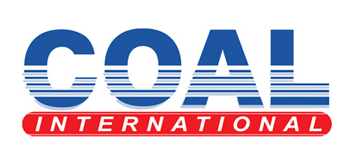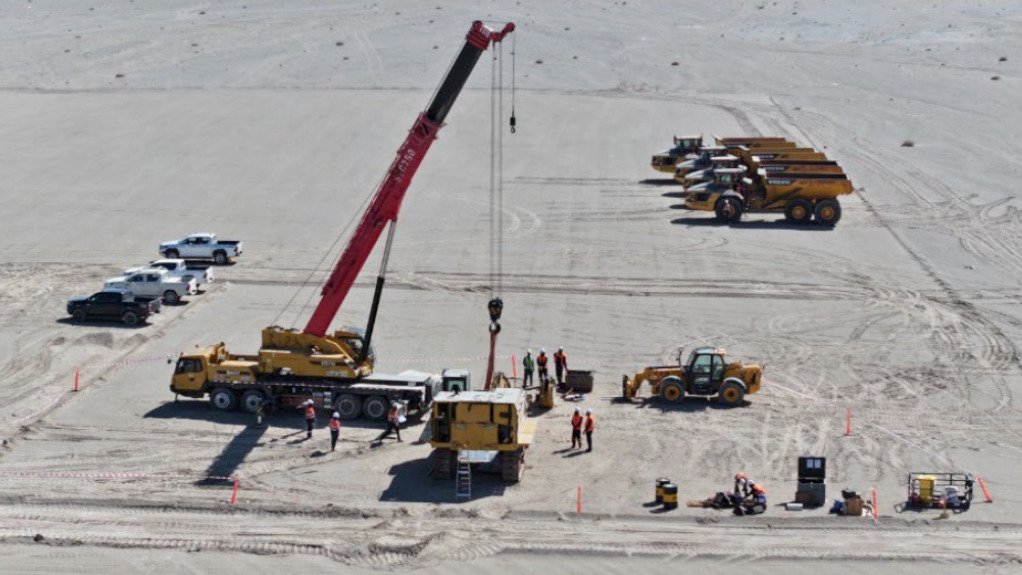Toronto-headquartered Barrick Mining CEO Mark Bristow says momentum is building at the company’s Reko Diq project in Pakistan, with construction advancing, exploration upside emerging, and production targeted by the end of 2028.
“This is a world-class copper/gold project that will deliver enormous value, not just for Barrick, but equally for our partners in Pakistan and particularly in Balochistan,” Bristow said on Wednesday.
“It’s one of the largest undeveloped porphyry copper/gold systems in the world. And it’s not yet reflected in our share price.”
The two-phase development is expected to require about $10-billion in total capital investment. Phase 1 alone is estimated at $5.6-billion to $6.0-billion on a 100% basis, with spending running from 2025 to 2029. Barrick’s equity contribution is projected between $1.4-billion and $1.7-billion.
Last month, joint venture shareholders approved the project’s updated feasibility study, which followed a comprehensive revision of earlier studies from 2010 and 2011. As of year-end 2024, Reko Diq’s probable reserves include 7.3-million tonnes of copper and 13-million ounces of gold attributable to Barrick.
Once in full production, Reko Diq is expected to deliver 240 000 t/y of copper and 297 000 oz/y of gold in Phase 1. Output is forecast to ramp up to 460 000 t/y of copper and 520 000 oz/y of gold during the first decade of Phase 2 (2034 to 2043), reflecting increased throughput of 45-million tonnes a year in Phase 1 and 90-million tonnes a year in Phase 2.
“The Reko Diq project is really taking shape now,” Bristow said. “It’s all systems go. We’ve begun mobilising the first heavy equipment and we’ve appointed Fluor as our lead engineering, procurement and construction management partner, working alongside the internal owners team and other partners,” he reported.
Bristow highlighted Barrick’s phased approach and reliance on local partnerships – a strategy that mirrors the miner’s approach to early-stage investments in countries like originally Mali in the 1990s and the Democratic Republic of Congo more recently.
“Disciplined, not betting the farm, phased, and with strong partnerships forged ahead of construction,” he said.
Hiring and mobilisation have picked up pace, with most new personnel sourced from Balochistan. The project also cleared a key regulatory hurdle in the first quarter, receiving environmental approval from the Balochistan Environmental Protection Agency.
About $228-million has been spent to date (100% basis), including $100-million in the first quarter of 2025. Total capital expenditure for this year is expected to remain below $1-billion, following timeline optimisations with Fluor.
While the feasibility study outlines a 37-year reserve life, Bristow believes the true potential is far greater. “The real story is the potential to go well beyond that out to the end of the century,” he said.
A new discovery – Bukit Pasir, just 4 km north of the main Western Porphyries orebody – is already returning promising drill results, underscoring the scale and prospectivity of the broader region.
“Even before we’ve started production, we are already adding life and value,” Bristow said.



